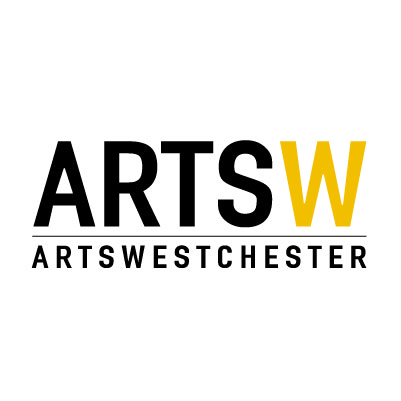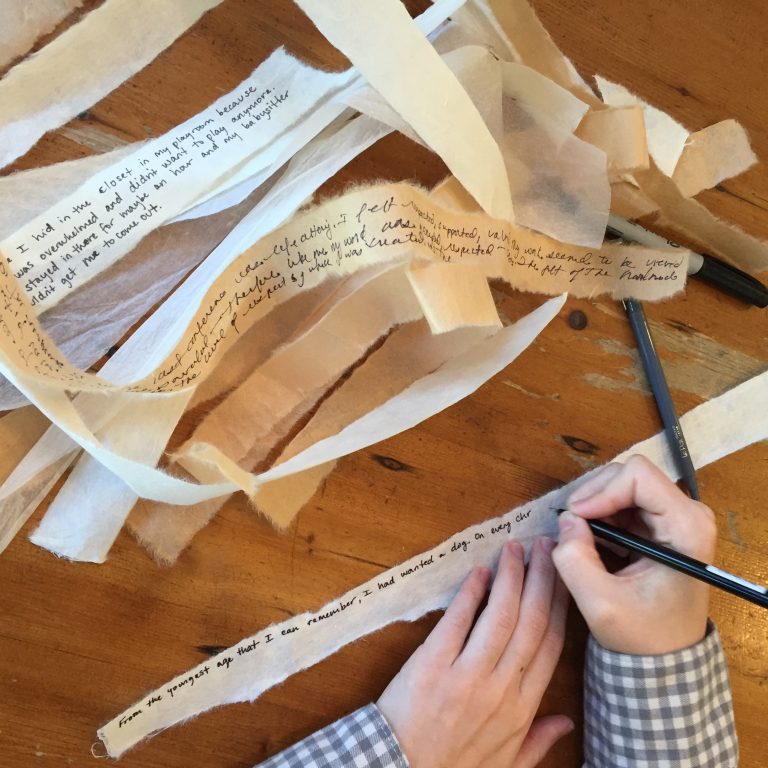Look, But Don’t Step On, the Shadows

Throughout any given day, light and dark perform a dance. Windows and bulbs illuminate dim corners; objects cast shade on walls and floors; trees and sunlight reflect the day’s weather.
Psychologically, shadows can cast darkness on the psyche. Artistically, they can create a new visual perspective.
“It’s only when we are comfortable with the darkness that we can truly appreciate the light,” says Shilpi Chandra, who curated Pelham Art Center (PAC)’s Shadows exhibition, on view through March 26.
Shadows features the work of eight artists: Elizabeth Knowles, Nate Lewis, Sa’dia Rehman, Tara Sabharwal, Mona Saeed Kamal, Madhvi Subrahmanian, Tansy Xiao and Yeon Ji Yoo.
Chandra explains that she chose artworks that “represent psychological or physical dimensions of shadows, some of which are obvious and others more subtle.” In all cases, the shadow is a component of the work, whether thematically or artistically.
PAC Executive Director Charlotte Mouquin adds: “The show examines shadows in ourselves and in society. The works resonate on deep personal levels…and bring an artistic voice to reflections on immigration and racism in America.”
In the show, altered photographs, an installation of burnt paper trees and x-ray images are all used by artists to reshape the viewer’s perspectives of dark and light.
In Sa’dia Rehman’s War Zone 1 installation, the shapes of warplanes and drones are burnt into delicate paper. The interplay leaves negative space – “a shadowscape around the work, echoing the artist’s impressions of chaos and suffering.”

In Madhvi Subrahmanian’s Walk and Chew Gum photography series, shadows conceived in chalk and ink markings on New York City sidewalks contradict one another – “the gridded containment of the city and the many expressions of constant change and movement.”
Elizabeth Knowles utilizes x-rays in her site-specific installation to form three-dimensional bird-like objects. Functionally, X-rays send light through the body to reveal the shadows of internal structures. In Night Vision, the artist “exposes dynamic patterns of physiology, life and death.” Of her installation process, Knowles says that she “begins with the most simple and builds to the more complex…connect[ing] one fundamental element with another and another and another until a more intricate whole is formed.”
Rather than being taken for granted and (literally) stepped on, Chandra would rather the presence of shadows “be appreciated for what it shows us in greater detail, both psychologically, about ourselves, and in our environment.”
A March 2 virtual exhibition walkthrough and discussion will take place on Zoom with Chandra and exhibiting artists.
A version of this article first appeared in the March 2022 issue of ArtsNews, ArtsWestchester’s monthly publication. ArtsNews is distributed throughout Westchester County. A digital copy is also available at artsw.org/artsnews.

About ArtsWestchester
For more than 50 years, ArtsWestchester has been the community’s connection to the arts. Founded in 1965, it is the largest private not-for-profit arts council in New York State. Its mission is to create an equitable, inclusive, vibrant and sustainable Westchester County in which the arts are integral to and integrated into every facet of life. ArtsWestchester provides programs and services that enrich the lives of everyone in Westchester County. ArtsWestchester helps fund concerts, exhibitions and plays through grants; brings artists into schools and community centers; advocates for the arts; and builds audiences through diverse marketing initiatives. In 1998, ArtsWestchester purchased the nine-story neo-classical bank building at 31 Mamaroneck Avenue which has since been transformed into a multi-use resource for artists, cultural organizations and the community. A two-story gallery is located on the first floor of ArtsWestchester’s historic building on Mamaroneck Avenue. artsw.org







